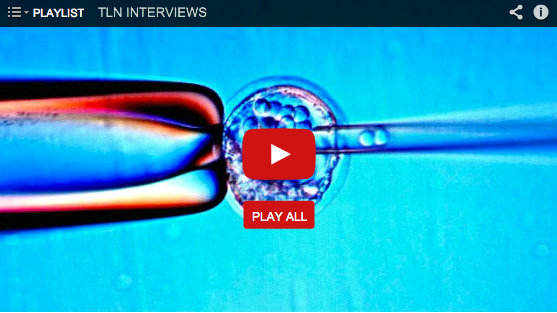Mansfield News Journal
ASHLAND — Three-year-old twins with cerebral palsy are making life adventurous, challenging and bittersweet for the Hancock family.
“They’re happy kids but it definitely makes it more difficult because as a parent you want them to have every opportunity that every other child has,” said mother Carrie Hancock. “It’s hard, but we’re handling it the best we can.”
Because they were born 10 weeks premature, both children suffered developmental delays.
By the time Tessa and Dylan were 20 months old, Tessa had been diagnosed with cerebral palsy, a permanent disorder that affects movement and posture. At that time, parents Carrie and Jeremy were getting ready to take their daughter overseas for a stem cell transplant, a procedure that would allow Tessa to live a better, less physically restricted life.
The results were remarkable…
In the midst of their planning, the family was soon faced with another obstacle. That January, Dylan also was diagnosed with cerebral palsy.
“What do you do? They’re your babies. You just go with it and do what you think is best,” Carrie said. “Before, we were always told that he just had developmental delays, but as much as you hated to hear it, it was almost a blessing because we were paying out of pocket for him because he hadn’t been officially diagnosed.
“That’s the silver lining I guess and now we’re able to get him the help he needs.”
The Ashland family ended up taking Tessa to Panama City, Panama, where she had her first round of stem cell treatments in 2009.
“She did really well and had a lot of improvement with her vision,” Carrie said. “Her tone in her hand had decreased and she wasn’t fisting all the time. When we went back in July, we took both the kids.”
The results were remarkable.
“As soon as we took him, he was like a whole other kid,” Carrie said of Dylan. “He was babbling and it helped him in so many different ways. He also just walked independently a couple months ago. For Tessa, it made her stronger. She was already smart and attentive.”
Today the twins attend therapy sessions at MedCentral Pediatric Therapy one day a week and preschool at Tri-County Preschool four days a week. They receive occupational, speech and physical therapy.
“A typical day for us includes them going to school a little after 8 and they’re picked up a little after 11,” Carrie said. “After we get them home and fed, Tessa goes down for a nap and then Dylan stays awake and I get alone time with him, which is nice. We work on walking and sitting up with them, but try to incorporate it into their play. We try to make it a fun time.”
The family takes the twins on outings by stroller and enjoy their play time together, but each day can be daunting.
“The biggest difference is the physical challenge of dressing and feeding. Tessa is in the process of being potty trained, but Dylan doesn’t want to yet,” Carrie said. “She can’t feed herself and we’re still changing diapers at age 3.
“Dylan’s not walking. If you ask him to pick up something, he doesn’t understand. It’s challenging.”
Recently, Dan and Stephanie Kreisher, of Ontario, held their third fundraiser for the family. Jeremy was on Dan’s 1994 state championship baseball team at Ontario High School.
The Kreishers and friends raised $1,400 for the Hancocks, along with providing them two iPads for Tessa and Dylan after learning the electronics would help their communication skills. The iPads were sponsored by Elite Excavating and Zara Construction.
“We have so much and are so fortunate that we wanted to help others,” Dan said. “Jeremy and Carrie are such positive people. They’re the happiest parents, just very admirable people.”
The feeling was mutual.
“I can’t say enough about Dan and Stephanie. The iPads are huge for us. We’re in the process of getting different communication devices to help with fine motor skills,” Carrie said. “They use them in school and it’s nice to be able to incorporate what they’re learning at home. Life isn’t easy, but we are very blessed.
“The best way to describe our family is that we’re taking the scenic route. We’re taking the back roads. We’ll get them there, but it just might take a little longer.”


